When deciding between precast and cast-in-place concrete beams, several factors should be considered, with each method having its own set of advantages and disadvantages. The Engineering experts at Fieldstone Architecture & Engineering take pride in providing the insight and guidance to align the right option with your project needs.
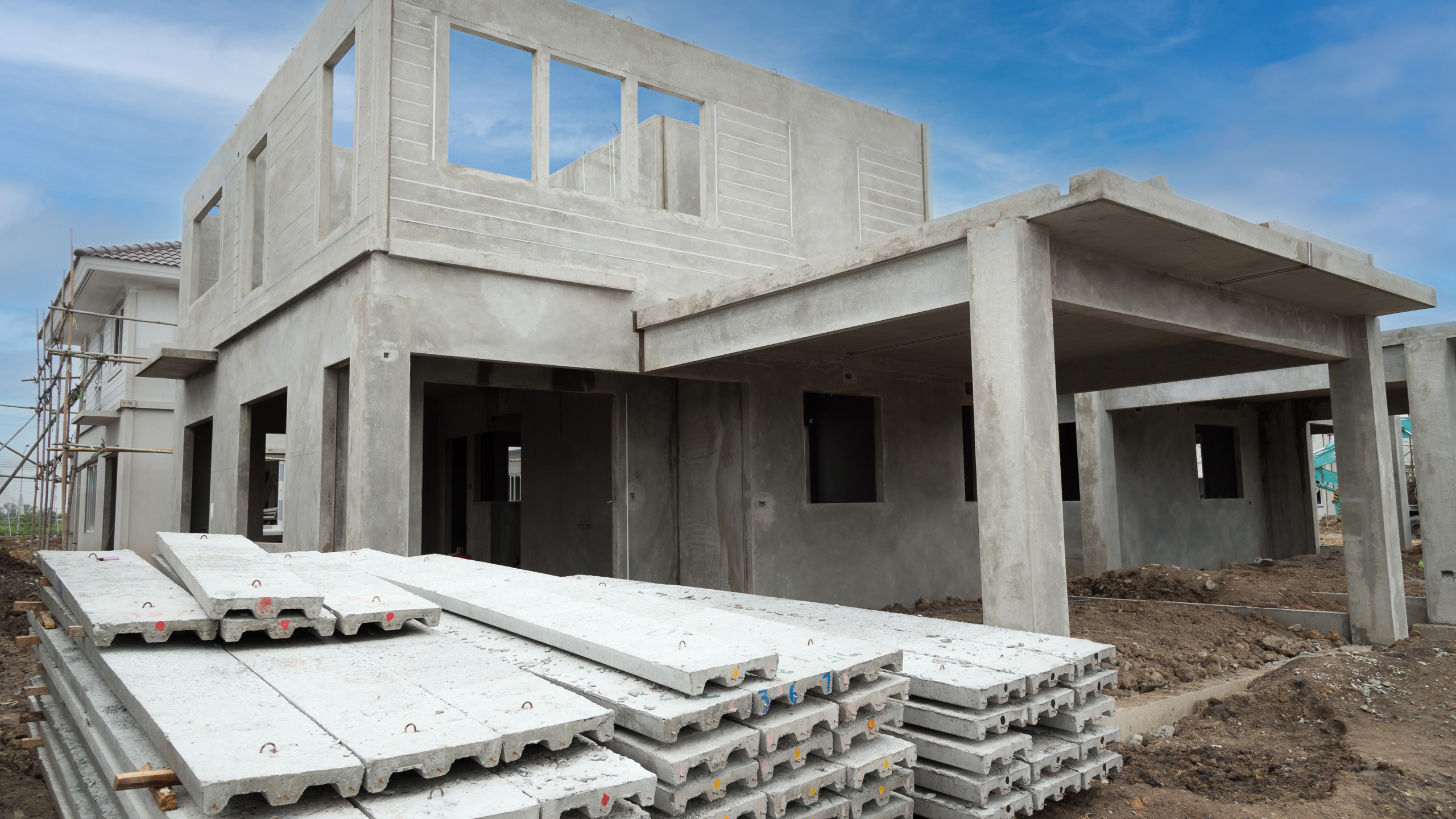
ADVANTAGES OF PRECAST CONCRETE BEAMS:
Uniformity & Quality Control – Precast concrete beams are manufactured in a controlled environment, ensuring consistent quality and uniform size and shape. This precision is particularly beneficial for projects requiring multiple identical concrete pieces.
Speed & Efficiency – Precast concrete accelerates the construction process. Manufactured offsite, the precast arrives ready for installation at the construction site. The structural erection of a project is a time-consuming process. Having precast concrete reduces the overall construction time.
Durability – Precast concrete structures typically have a longer service life and require minimal maintenance. They are more durable against environmental factors like corrosion, and water damage. What makes precast more durable is its low permeability. Due to it being formed/cured in a controlled environment as well as the more effective use of additives to the concrete mix design, it has a lower water-to-cement ratio (w/c). A concrete mix with a lower water content / higher cement content is denser and will be more resilient to wear/damage and corrosion.
Aesthetics – A variety of colors, textures, and shapes can be achieved in a controlled factory setting, enhancing the aesthetic value and appearance.
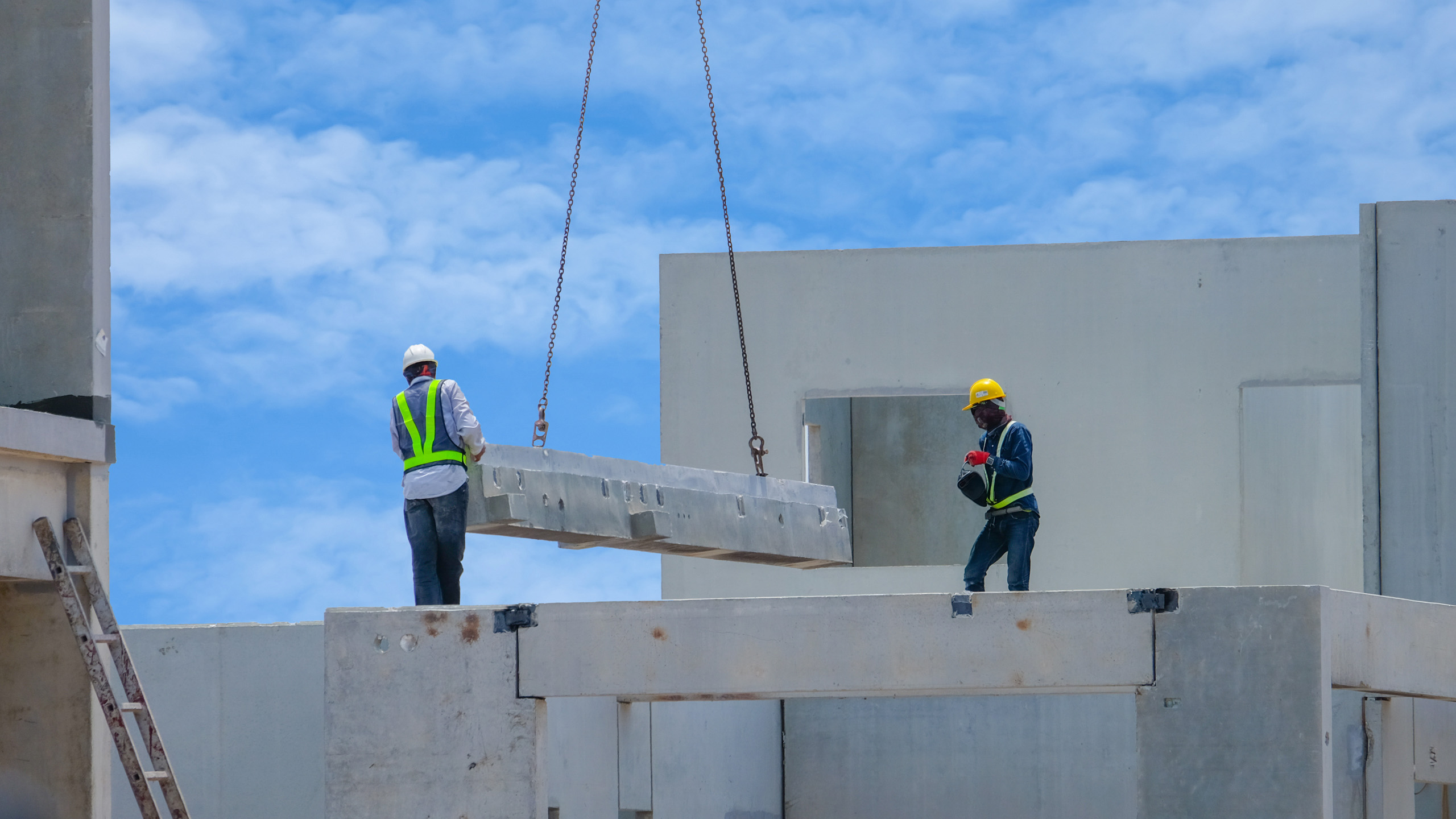
DISADVANTAGES OF PRECAST CONCRETE BEAMS:
- Transportation – Transporting precast elements to the construction site can be costly and challenging, particularly over long distances.
Cost – Precast will be more expensive for a small project where a limited number of concrete beams are needed. Also, there is the additional cost of transporting the member to the site and lifting it into place with heavy equipment such as a crane. - Handling & Storage Needs – Precast beams are often heavy and require specialized equipment for handling and installation. Also, they may need storage space on site until installation.
- Inflexibility in Design & Modification – Builders must think through all aspects of design and construction before implementing precast concrete into their projects. Once precast elements are manufactured, design alterations are complex and expensive.
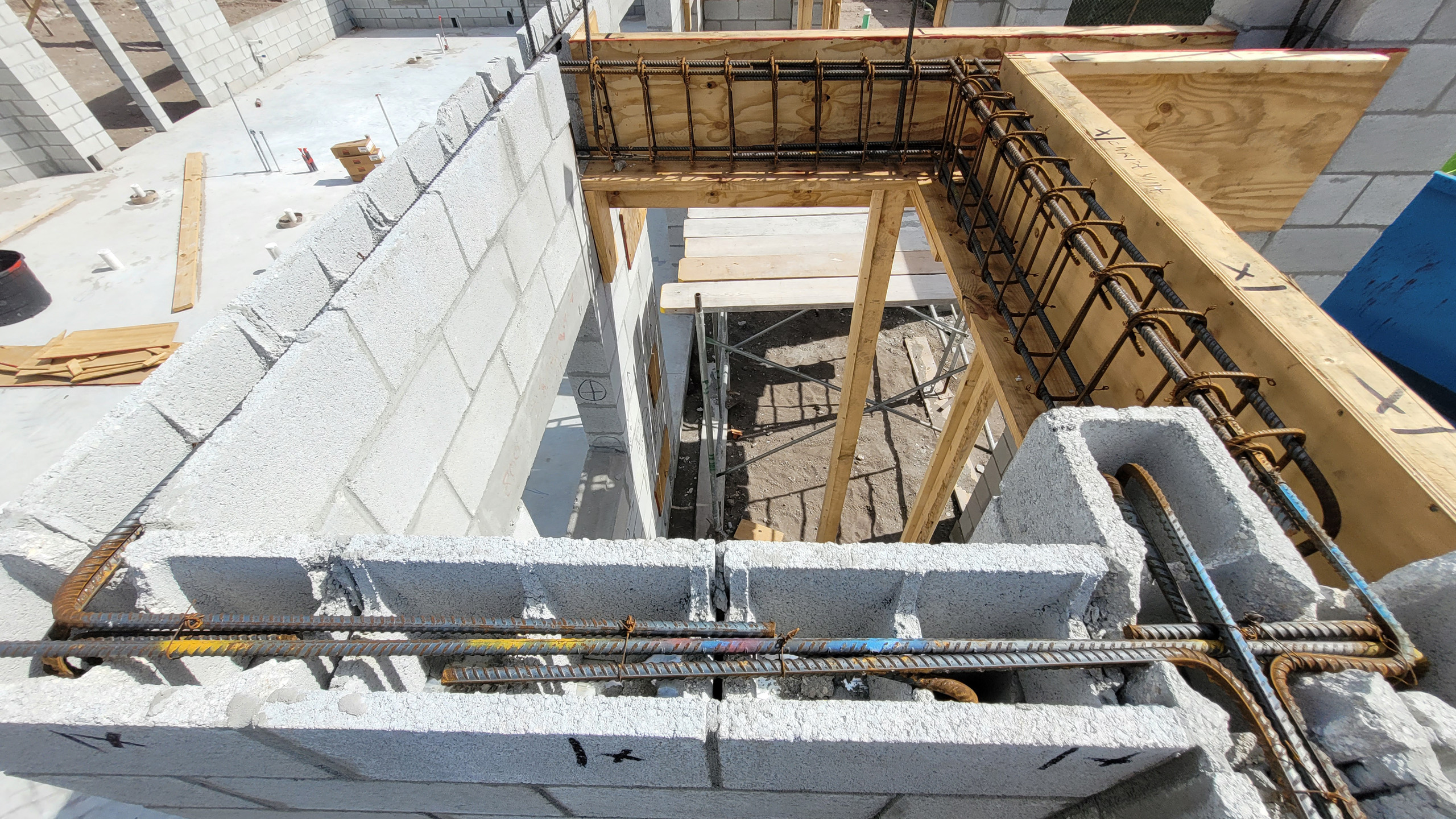
ADVANTAGES OF CAST-IN-PLACE CONCRETE BEAMS:
- Flexibility in Design – This method allows for intricate and tailored structures, ideal for unique architectural requirements, custom projects, and working with existing structures.
- Strong Structural Integration – Cast-in-place concrete forms a strong bond with steel reinforcements and can be seamlessly integrated with existing structures, to maintain structural integrity.
- Cost – Cast-in-place beams are going to be more affordable for smaller projects due to the economies of scale. There are no transportation or placement costs as mentioned above for precast concrete.
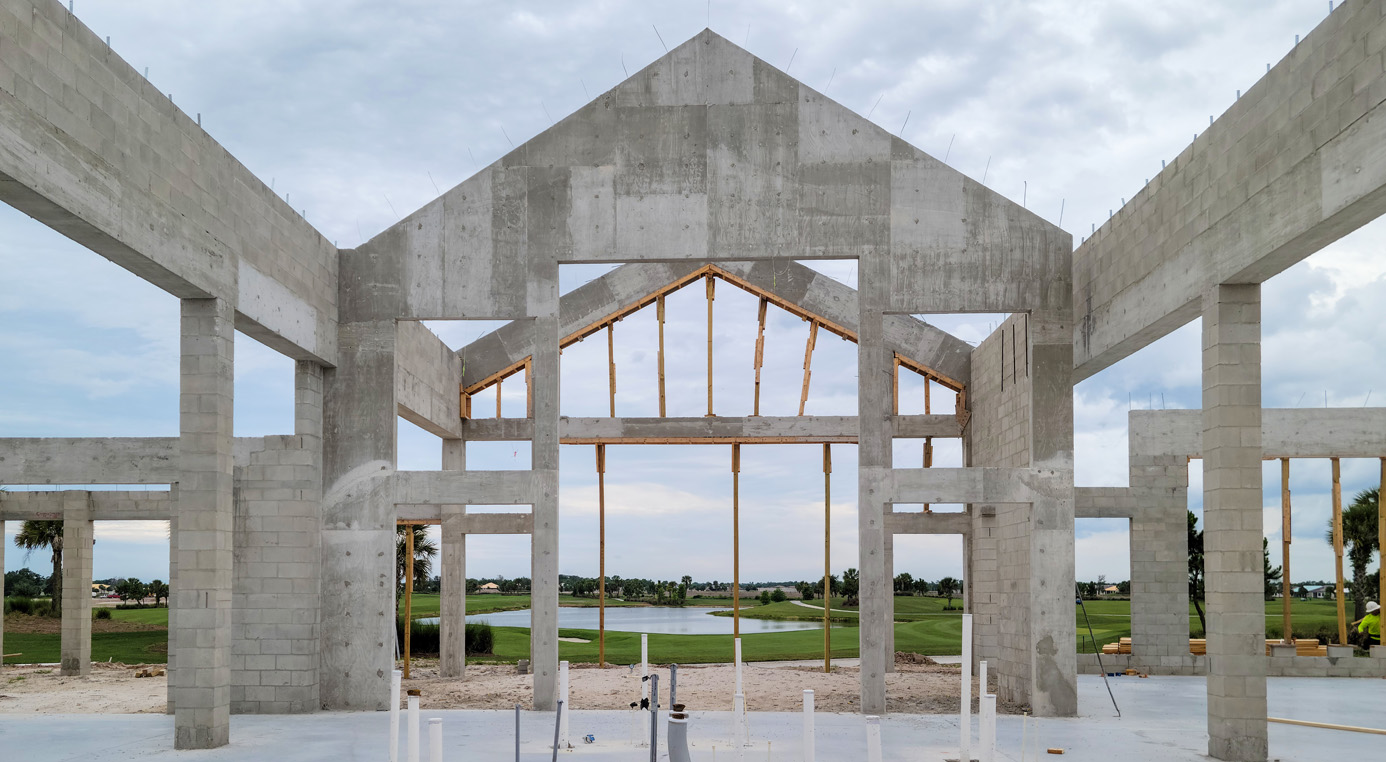
DISADVANTAGES OF CAST-IN-PLACE CONCRETE BEAMS:
- Weather Dependency – Weather conditions play a crucial role in influencing both the quality and timing of cast-in-place concrete projects. Ensuring the ideal weather conditions during concrete pouring is essential to achieve the desired concrete curing. Unpredictable weather conditions can not only lead to delays in project timelines but can also result in unexpected additional costs.
- Extended Curing Times & Labor Costs – On-site curing requires more time, up to 28 days for full design strength to be achieved, which can affect project schedules. Skilled labor is also needed for pouring and finishing which can add to the project’s bottom line.
- Quality Control – QC for cast-in-place is generally not as robust as it is for precast. Formwork is also frequently not adequately supported which can lead to movement/failure of the forms. Also, if a beam is poured incorrectly and needs to be replaced, it is very costly to remove and re-pour.
- On-site inspections required – Cast-in-place beams require on-site concrete inspections from the building inspector.
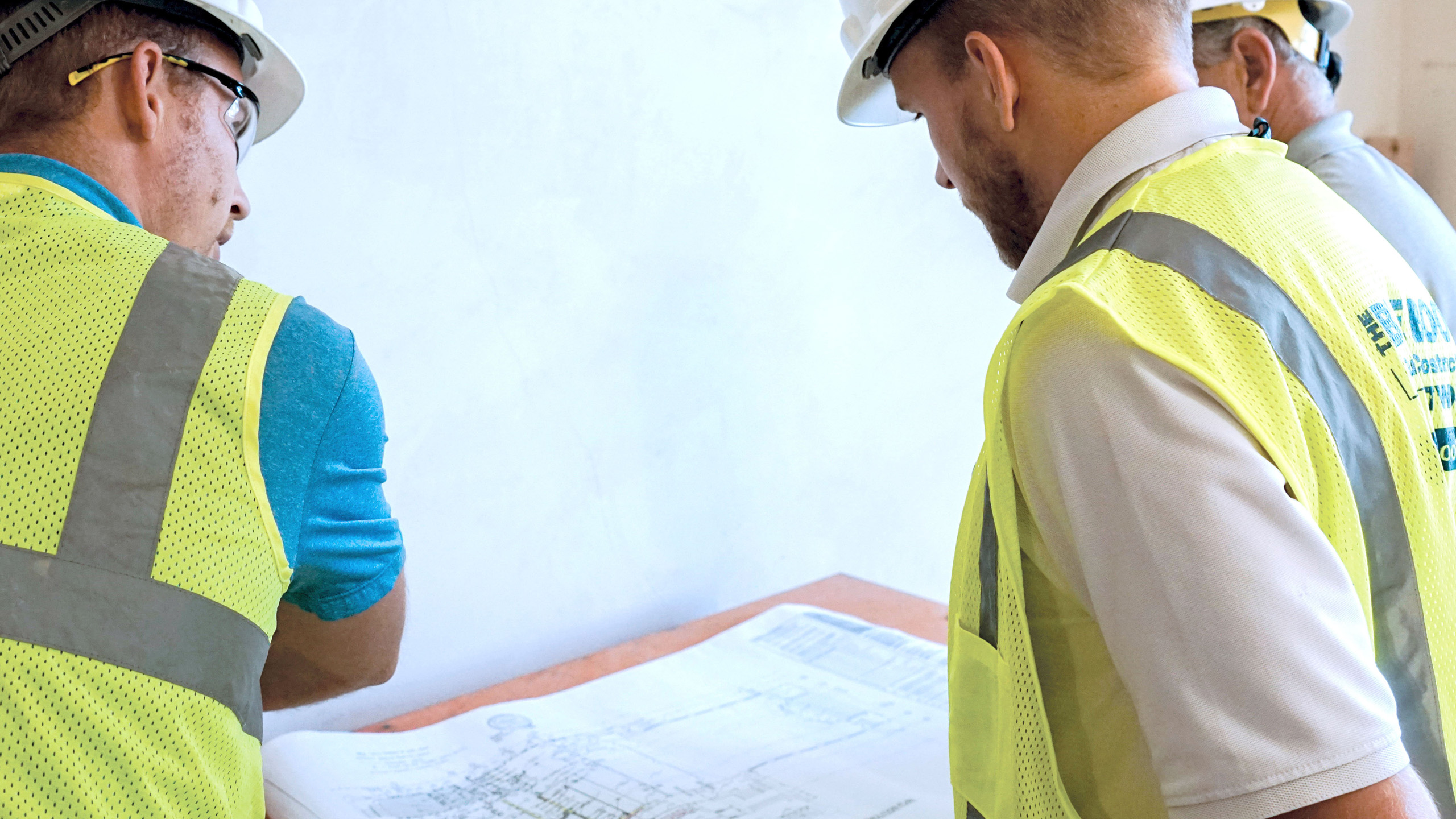
CHOOSING THE RIGHT METHOD:
Ultimately, the decision between precast and cast-in-place concrete beams depends on the specific requirements of the project. Precast concrete is generally more suitable for larger projects or where uniformity and speed are priorities. In contrast, cast-in-place concrete is preferable for projects requiring unique designs or when integrating with existing structures.
Both methods have their unique strengths and limitations. Projects may include both precast and pour-in-place beams as required for the specific structural needs. The choice should be based on a thorough evaluation of the project’s specific needs, considering factors like performance requirements, project scale, budget, and timeline constraints. The Fieldstone Engineering team is available to guide you through this process. Our Construction Assistance, Structural Analysis and Value Engineering can all help inform and guide you in making the best decision for your specific project. Contact us today to learn more.
